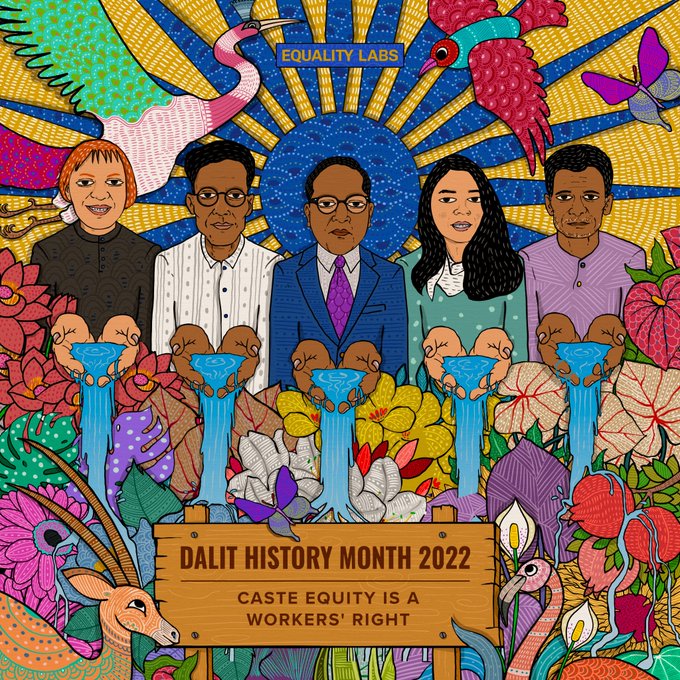A few years ago, I asked my father why we never went to Delhi and Bombay and Calcutta. He was in his mid-eighties and I was well into my middle age myself, and we were recalling the old days from our perspectives. My father had a simple answer: Children going to spend time at grandmas' homes was what was expected. And then he added something interesting: He said that he didn't know anything better either. How often do parents give simple and straight answers without bullshitting!
As I have written before, the layout of the villages made religion and caste explicit. Both grandmas lived in streets where only brahmins lived. Agraharams they were called. The extended family with whom I interacted a lot were all brahmins. Brahmins friends with brahmins, and brahmins marrying brahmins.
I was in my early teens when a family that was not a brahmin rented one of the homes. It was tied to the native son who had become a guru to many through his ashram in Rishikesh. As I remember it, there was some opposition to this from a few other households.
As a kid, I often wondered where the others lived. But, and especially in the culture in which I was raised, (uncomfortable) questions from kids were quickly and easily dismissed. I was beginning to sense the separate-and-unequal existence of peoples.
Once, in Sengottai, I went with my father and his uncle to visit with that uncle's friend. The local men were friends. My father was a colleague of the local man's son-in-law. And I was a classmate of the local man's grandson. So, of course, I tagged along.
We crossed the main road. And then went to another part of the village. There were no brahmins on the other side of the road!
Sadgati reminded me of the caste-based structure in Pattamadi and Sengottai, though--thankfully--I did not witness any horror.
The older I got, and especially after getting to America, the more I thought about all these. It was not at all difficult to imagine and understand how much caste played a role throughout my life in the old country. The fact that my grandfathers went to school, and then to college, made it easy for me to work my way to the United States. Had my ancestors been Dalits ... ?
Every visit to Chennai, even strangers seem to easily sniff out that I was a brahmin by birth despite my outward appearance not being otherwise. I suspect that it is because of the Tamil that I speak, with words and phrases that only brahmin households use.
A few months ago, we spotted a Tesla at the hotel that we were staying in California. The middle-aged couple who got out of the car looked like they were from my part of the old country. But, it was not them nor their car that caught my attention. The personalized licence plate read "Aiyer." I was shocked, and ashamed, that a Tamil Brahmin was proudly proclaiming his caste through the vanity licence plate. Such public behavior makes it easy to understand why there is godawful casteism in the workplace in the Silicon Valley.
Will caste issues ever go away?
They will, can, be destroyed only if arranged marriages go away, and when inter-caste and inter-religious marriages become the norm.
During the early years of my graduate schooling, I once wrote to The Hindu that inter-caste/religion marriage was the key to harmony in India--harmony among people who are otherwise defined by differences. Marriages across caste lines. Marriages across religions. Of course, that was one of the many unpublished essays that I have authored.
There was no arranged marriage in my case. Not too long after I got married--and well before I was divorced--one cousin wed an Oriya. Another is married to a Marathi. Yet another is married to a Christian. There is a Muslim in-law in the extended family. A couple of years ago, my father put together a list of such non-traditional marriages and it is a pretty long and impressive list!
Of course, the number of cousins and their children with arranged marriages to Tamil brahmin Iyer spouses outnumber those of us who did not care to remain in that box. A healthy start, nonetheless, and far, far away from the agraharams where my grandmothers lived.
(It is Dalit History Month. If you are looking for resources on this, click here.)

No comments:
Post a Comment